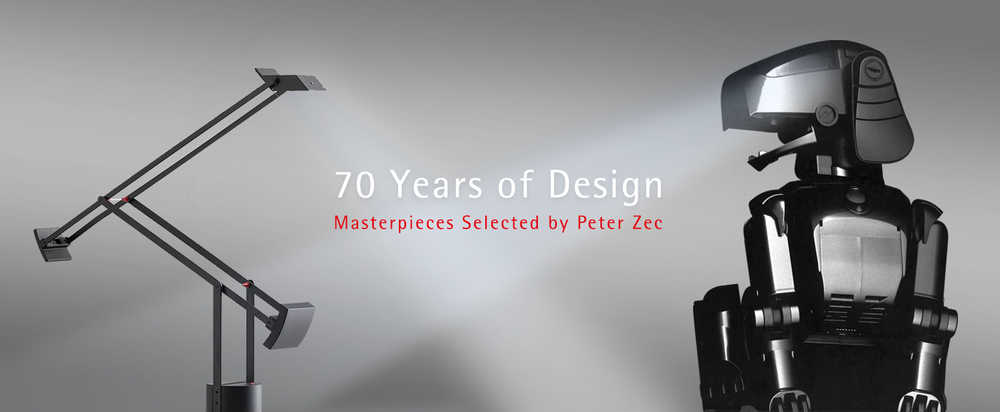Special exhibition 22 June 2021 – 15 August 2021
Robots are increasingly becoming part of our day-to-day life. The exhibition area “Robots and Design” explores the question of how these autonomous machines are designed so that they are not perceived as a threat but rather accepted as a natural part of our lifestyle and work environment in the future. The general image of robots so far has been influenced by pop culture – by films, books, comics and mangas – whereby either the technical machine aspect or the humanoid dominate, the latter focussing on the human-like side of robots.
Household robots
The purpose of household robots consists mainly of relieving people by doing their work for them. It is ultimately only a question of time before vacuum-cleaning and dusting robots will be considered part of normal household equipment. Interestingly, from a design perspective, household robots have absolutely nothing in common with the at least remotely humanoid robots propagated by pop culture. Their appearance is predominantly characterised by a clear form language, which appears from businesslike to likeable, and by no means threatening.
Industrial robots
Thanks to big data and networking, semi-autonomous or autonomous machines are now capable of flexible and individualised production. They take over monotonous or energy-consuming tasks or those that require highest precision, thus relieving the burden on humans. The driving force behind this is the desire to increase productivity and rationalisation. The emotional quality of the design of these machines plays an even more important role. The designers counter the slight unease of people who work side by side with such robots on a daily basis with an anthropomorphic design language that makes the robots appear less technoid and threatening.
Drones
Drones, originally developed as flying practice targets for military use, hold enormous potential: when equipped with cameras, drones broaden our horizons by providing us with magical views and insights that could previously only be obtained from conventional aircrafts or helicopters. This flight with a bird’s-eye view is not only fascinating but meanwhile also available to a broad public. Designers have played a big role in this development: they have designed the human-machine interaction and have thus contributed to the fact that these flying robots are as easy as possible to operate.






